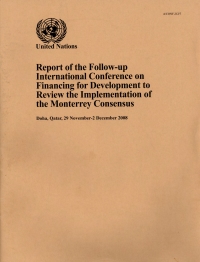Question
The company has 60,000 bonds with a 30-year life outstanding, with 14 years until maturity. The bonds carry a 9 percent semi-annual coupon, and are
The company has 60,000 bonds with a 30-year life outstanding, with 14 years until maturity. The bonds carry a 9 percent semi-annual coupon, and are currently selling for $925.75.
You also have 100,000 shares of perpetual preferred stock outstanding, which pays a dividend of $8.00 per share. The current market price is $95.00.
The company has 7 million shares of common stock outstanding with a current price of $11.07 per share. The stock exhibits a constant growth rate of 8 percent. The last dividend (D0) was $.90.
Your firms federal + state marginal tax rate is 35%.
Your venture would consist of a new product introduction. You estimate that your product will have a six-year life span, and the equipment used to manufacture the product falls into the MACRS 5-year class. The resulting MACRS depreciation percentages for years 1 through 6, respectively, are 20%, 32%, 19%, 12%, 11%, and 6%.
Your venture would require a capital investment of $18,000,000 in equipment, plus $1,000,000 in installation costs. The venture would also result in an increase in accounts receivable and inventories of $3,000,000 (this represents an overall increase in net working capital of $3,000,000 needed to get the project started, in addition to the investment in the equipment and installation).
At the end of the six-year life span of the venture, you estimate that the equipment could be sold at a $4,800,000 salvage value.
Your venture would incur fixed costs of $1,100,000 per year, while the variable costs of the venture would equal 30 percent of revenues. You are projecting that revenues generated by the project would equal $8,000,000 in year 1, $15,000,000 in year 2, $16,000,000 in year 3, $18,000,000 in year 4, $10,000,000 in year 5, and $9,000,000 in year 6.
The following list of steps provides a structure that you should use in analyzing your new venture. Note: Carry all final calculations to two decimal places. [Note: This financial analysis component of the project accounts for 80 out of 120 points. See the rubric for details related to the points allocation.]
1. Find the costs of the individual capital components:
a. long-term debt (Rd)
b. preferred stock (Rp)
c. equity (use DCF approach) (Re)
2. Determine the weighted average cost of capital.
3. Compute the Year 0 initial investment for your project.
Step by Step Solution
There are 3 Steps involved in it
Step: 1

Get Instant Access to Expert-Tailored Solutions
See step-by-step solutions with expert insights and AI powered tools for academic success
Step: 2

Step: 3

Ace Your Homework with AI
Get the answers you need in no time with our AI-driven, step-by-step assistance
Get Started


